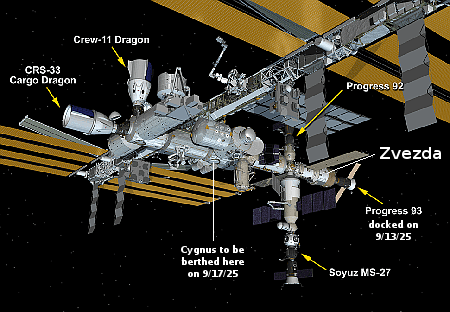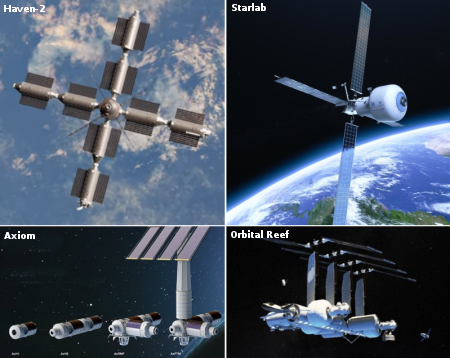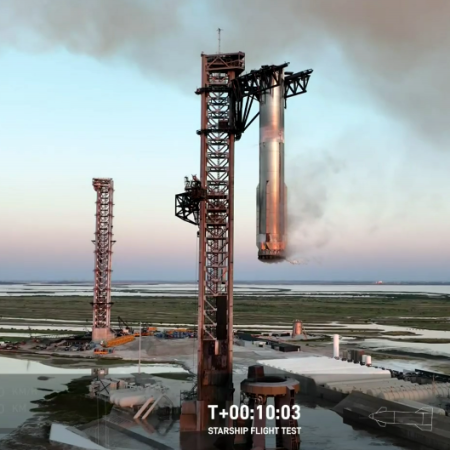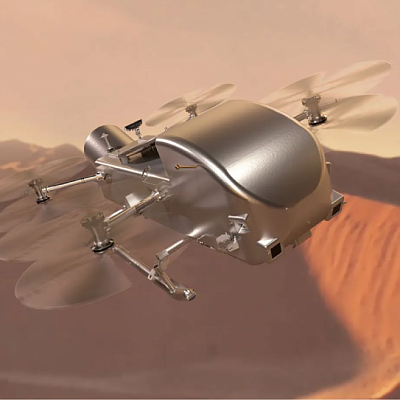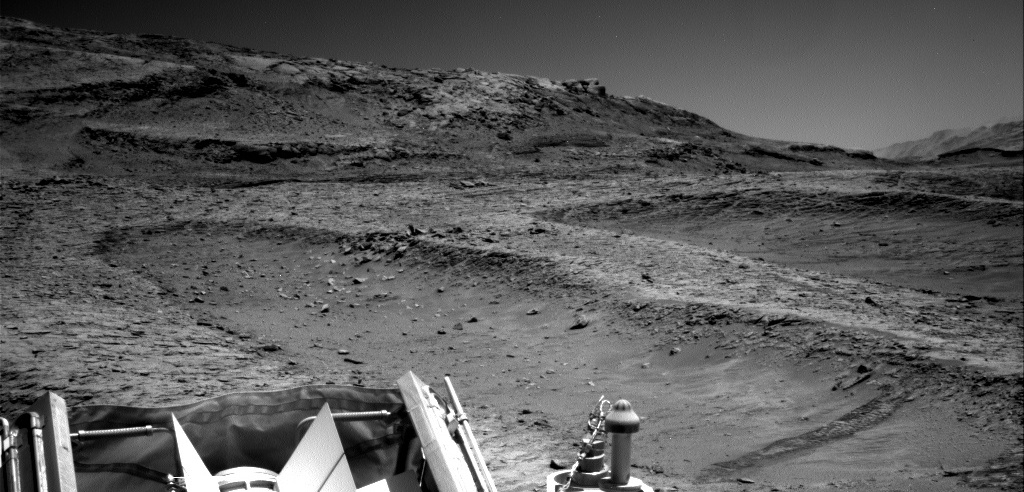Scientists at JPL now predict a major long term uptick in sunspot activity

The many failed recent predictions of the
solar science community
The uncertainty of science: According to a NASA press release today, scientists at JPL now predict that the Sun will see a major increase in sunspot activity in the coming decades, ending the relatively quiet period seen in the two past solar maximums.
In their paper, the scientists say they come to this conclusion due to changes seen in solar wind activity since 2008. From their abstract:
Over the course of two decades until 2008, the solar wind became significantly weaker with a constant declining trend in many important solar wind parameters, and solar cycle 24 being the weakest on record since the start of the space age. Here we show that since 2008, the Sun has reversed this long-term weakening trend with a steady increase in various solar wind proton parameters observed at 1 au. Furthermore, comparison of values from a fitted trend to data between 2008 and 2025 show the following increases in solar wind proton parameters: speed (~6%), density (~26%), temperature (~29%), thermal pressure (~45%), mass flux (~27%), momentum flux or dynamic pressure (~34%), energy flux (~40%), interplanetary magnetic field magnitude (~31%), and the radial component of the magnetic field (~33%).
This has important implications on long-term solar trends, implying that the exceptional weakness of solar cycle 24 was most likely a recent outlier and that the Sun is not entering a modern era Maunder/Dalton-like minimum phase in its solar variation, but is instead recovering from a ~20 yr decline.
This analysis and conclusion is most intriguing, but we must also remember that every prediction by the solar science community in the past two decades has turned out to be wrong, as illustrated by the graph above. This prediction is just like all those others, in that it is based not on any fundamental understanding of why these changes in the solar wind are occurring, but simply extrapolating this past behavior into the future, a very unreliable method of prediction.
These scientists might be correct, but I would not bet any money on it.

The many failed recent predictions of the
solar science community
The uncertainty of science: According to a NASA press release today, scientists at JPL now predict that the Sun will see a major increase in sunspot activity in the coming decades, ending the relatively quiet period seen in the two past solar maximums.
In their paper, the scientists say they come to this conclusion due to changes seen in solar wind activity since 2008. From their abstract:
Over the course of two decades until 2008, the solar wind became significantly weaker with a constant declining trend in many important solar wind parameters, and solar cycle 24 being the weakest on record since the start of the space age. Here we show that since 2008, the Sun has reversed this long-term weakening trend with a steady increase in various solar wind proton parameters observed at 1 au. Furthermore, comparison of values from a fitted trend to data between 2008 and 2025 show the following increases in solar wind proton parameters: speed (~6%), density (~26%), temperature (~29%), thermal pressure (~45%), mass flux (~27%), momentum flux or dynamic pressure (~34%), energy flux (~40%), interplanetary magnetic field magnitude (~31%), and the radial component of the magnetic field (~33%).
This has important implications on long-term solar trends, implying that the exceptional weakness of solar cycle 24 was most likely a recent outlier and that the Sun is not entering a modern era Maunder/Dalton-like minimum phase in its solar variation, but is instead recovering from a ~20 yr decline.
This analysis and conclusion is most intriguing, but we must also remember that every prediction by the solar science community in the past two decades has turned out to be wrong, as illustrated by the graph above. This prediction is just like all those others, in that it is based not on any fundamental understanding of why these changes in the solar wind are occurring, but simply extrapolating this past behavior into the future, a very unreliable method of prediction.
These scientists might be correct, but I would not bet any money on it.



